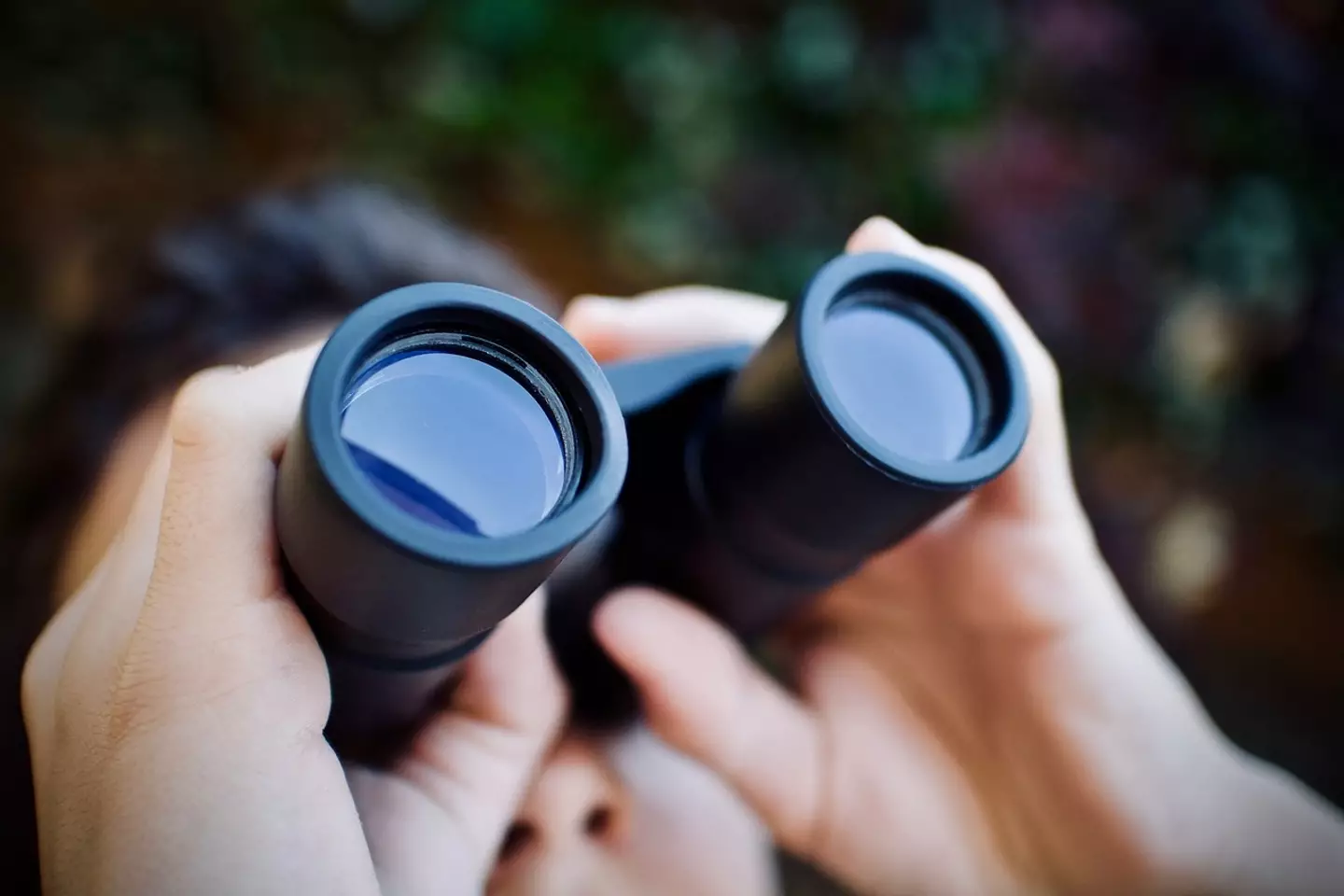
As well as the usual stars, clouds and birds, we might soon be able to see another addition to the sky: an absolutely massive comet.
When you think of 'once in a lifetime' events, usually they're something pretty positive like meeting your favorite celebrity, or going on an incredible vacation.
This time, it's the approach of a comet the size of Mount Everest. But don't worry - we're not about to get pierced by a mountain-sized rock.
Known as 12P/Pons-Brooks, the comet was first discovered by Jean-Louis Pons in July 1812, when it was described as a 'shapeless object with no apparent tail'.
The comet became brighter over the next month, and was found to possess a split tail measuring approximately three degrees.
Advert
More than 60 years later, the comet was spotted again by British-born American comet observer William R. Brooks.
Its orbital period of roughly 71 years means that 12P/Pons-Brooks only appears once - or twice if you're lucky - within a lifetime.
It's thought to span about 20 miles in diameter and is classed as a cryovolcanic comet, meaning it erupts with dust, gases and ice as pressure inside is heated and builds up.

Advert
These flare-ups dramatically increase the brightness of the comet, with one such sight taking place last summer.
The comet is now making a closer approach once again, and from now until the end of March it should be visible in the early evening sky, within the constellation of Andromeda the Princess, to the upper left of the Great Square of Pegasus - the four stars in the sky of nearly equal brightness.
It will continue to brighten and form a short tail throughout the month, until it becomes visible to the naked eye.
However, Dr Robert Massey, the deputy executive director of the Royal Astronomical Society, told The Guardian that using basic instruments like small telescopes should help increase visibility.
Advert

“If you have a half-decent pair of binoculars, certainly attempt to look for it with those,” Massey said.
On April 21, 12P/Pons-Brooks will arrive at perihelion - when it passes closest to the Sun - at a distance of 72.6 million miles, before fading rapidly.
The fact that it will be decades before the comet makes another appearance is definitely incentive to look out for it, though those who are only in their early years now could be in with a chance of seeing it again way in the future.
Advert
According to the Japanese orbital expert Hiroshi Kinoshita of the National Astronomical Observatory of Japan (NAOJ), 12P/Pons-Brooks is estimated to next arrive at perihelion on August 10, 2095.